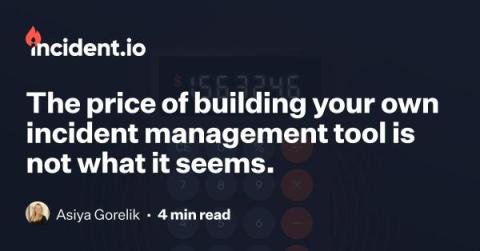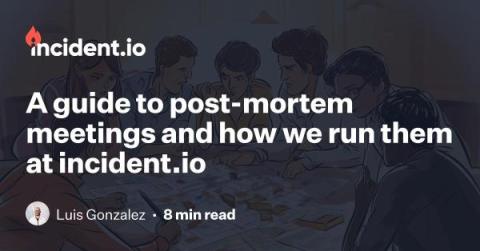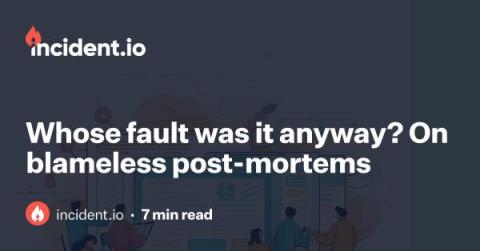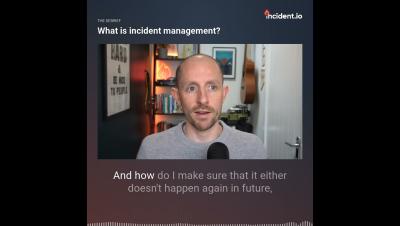The price of building your own incident management tool is not what it seems.
Build or buy? An age-old decision that gets made dozens of times a year. It’s quite possibly one of the most important decisions you make as an company. It impacts roadmaps, productivity, team structure, and customer satisfaction (you know, just a few little things). There are a lot of factors to consider, one of the most prominent being cost. So, what exactly are the costs you need to consider when building your own incident management solution?











